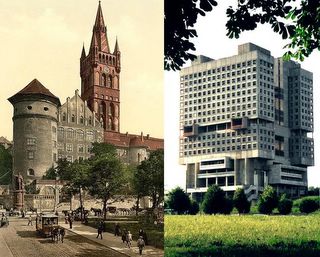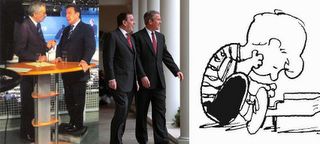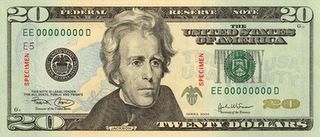Das Grabrätsel im Dom
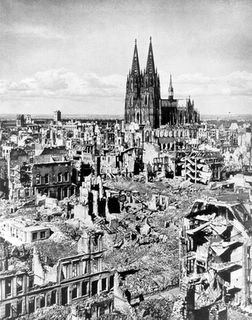
"What, on the one hand is a sad chapter in history, on the other is a happy accident for science." Along with the repair of damage to the Kölner Dom (Cologne cathedral) resulting from the Second World War, the opportunity for a significant amount of archaeological research was taken. On the tenth of April, 1959 a worker slipped on a relatively soft, stone slab six meters below floor level (just before the altar), broke through and found himself standing in gold. The Grabrätsel (grave puzzle) had begun.
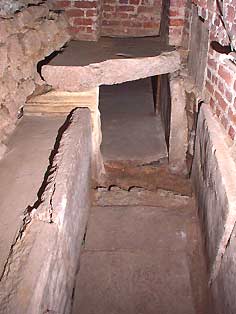
Turns out there were two graves, that of a woman around 28 years old and that of a six year old boy. Unfortunately there were no inscriptions found in either to provide any hints as to the identities. The newest coins found had been minted sometime between 526 and 534 A.D. Archaeologist Otto Doppelfeld assumed it must be Wisigarde, who married Frankish king Theudebert I in 537, and died suddenly shortly thereafter at the age of about 27...and her son, Theudebald. Modern investigative techniques applied to the contents (i.e., leather gloves or Handschuhe—yes, gloves are called hand+shoes) and the graves themselves have conclusively proved that the culprit was lethal concentrations of lead and molybdenum. Poisoning was so common at the time that they even had special glasses, Sturzbecher, which could not be set down until they were empty (however, that was no guarantee).
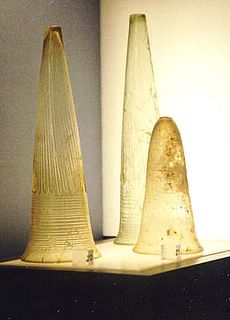
DNA analysis later shed serious doubt on the presumption that the boy was the Merovingian noblewoman’s son. The only thing they seem to know for sure is that his furniture was made from turned plum wood, and that the legs had been cut off so it would fit.
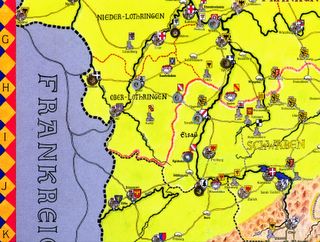
Now, if you found that intriguing come on over for a visit...we can sit around the big IKEA dining table and play Welfen und Staufer (a game about the tumultuous world of the 12th century...woohoo). No, I’m just kidding, that game cost € 55 and I’d rather poke my eyes out than read the directions. Having said that, the card game about the revolution of 1848, for ten bucks, does look kind of appealing...interestingly enough, many of the participants seem to have died in the U.S., I guess after a certain point you just gave up hoping for civil rights and moved to Amerika (and now I find myself having traveled in the opposite direction for the very same reason...odd).







